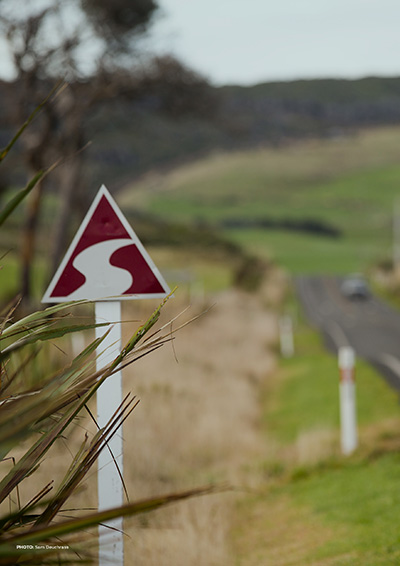Tourism and hospitality | Te pou whakauwhi
On this page
>
Situation

The tourism and hospitality sector is the ‘show-case’ for Southland Murihiku. It is key to attracting both visitors and new residents to the region and is a small, but significant, contributor to the region’s employment and GDP.
[In order to describe the key workforce characteristics of the tourism and hospitality sector, we use the Accommodation and Food and Beverage Services ANZSIC codes as a proxy (understanding that these do not fully capture the range of tourism-related occupations).]
The (broadly defined) tourism industry employed around 3,700 people in the Southland Murihiku region in 2021. This amounted to 7% of Southland Murihiku’s total employment, down from 9% (5,000 people) in 2020. The industry contributed $200m towards GDP in Southland Murihiku in 2021, 3% of the region’s economic output, dropping from a high point of 5% in 2020. In 2021, total tourism expenditure in Southland Murihiku was $500m, a decline of 25% from 2020.
The tourism and hospitality sector has a much higher share of workers aged under 30 than the Southland Murihiku labour market as a whole - 44% of the workforce, compared with 23% across the region. Over 45% of the workforce work less than 30 hours per week, and 68% are female. Over 50% of tourism and hospitality workers are categorised as low-skilled, although there is a higher proportion of those classified as ‘managers’ than for the region’s workforce as a whole.
Complications
The tourism and hospitality sector has been profoundly impacted by the COVID-19 pandemic. Labour and skill shortages are at critical levels, while businesses close or suffer revenue declines, especially as the Omicron variant has led to a reluctance from people to go out. The loss of international tourists has significantly affected Fiordland and the tourist hub of Te Anau. Businesses are under extreme pressure and there are significant job losses, reductions in hours for both businesses and employees, households under financial pressure, and accompanying mental health and well-being issues.
The impacts of the pandemic on tourism and hospitality are also felt more broadly across Southland Murihiku as a whole. Many tourism and hospitality sector businesses are the ‘glue’ for local communities – these businesses are dual-facing, serving both the tourism market and their communities.
Across the sector
The ongoing impact of the pandemic is paramount. While the relaxation of border restrictions and new immigration settings may provide something of a ‘roadmap’ towards a recovery for the tourism industry, it is likely to be a long journey, with the need to rebuild a workforce shattered by the pandemic.
The image of the sector, which was already poor, has been further tarnished by the uncertainty and perception of career instability thanks to the pandemic.
The ongoing pandemic environment requires a focus on wellbeing, adaptability, and resilience, both for employees and businesses.
Employers told us
There are critical labour and specialised skill shortages. These acute shortages are resulting in targeted poaching of staff across the region and lifting wage expectations to uneconomic levels.
This has been exacerbated by the recent lift in the minimum wage and such increased costs may have to be passed on to the customer.
Skills shortages have also resulted in staff having to adapt and become multiskilled, throwing into relief an already existing disjuncture between education and training, and the needs of businesses.
High turnover and poaching of experienced staff also impact on the ability of some businesses to provide on-job training, both in terms of experience and time available for training/mentoring.
Workers told us
Pay rates within the industry, along with infrequent and delayed remuneration reviews, do not meet the financial needs of employees or fairly reflect their importance in delivering businesses’ products and services.
Unfavourable work hours make it difficult for employees to plan their personal lives and/or socialise outside of work.
Working conditions are often exhausting and difficult as they may be outdoors in temperamental weather or involve working with large numbers of people.
The precarious nature of the sector, heightened by the pandemic, means that not only is it viewed as an unstable career option, but it is also now less attractive as a transition or part-time job.
Questions
- What will tourism and hospitality in Southland Murihiku look like in the post-pandemic environment? Which aspects will recover/disappear? What new ventures/services will evolve?
- How do we attract, retain and develop an appropriately skilled tourism and hospitality workforce in a highly competitive environment - is there a clear off-shore strategy?
- How do we manage critical labour and skill shortages in an increasingly competitive environment?
- How do we collaborate across the region to provide sustainable employment models, linked to career pathways?
- How do we ensure tourism and hospitality sector workforce planning is mana enhancing and enabling?
- What role does workforce planning need to play in the focus of Southland Murihiku iwi on regenerative and eco-tourism?
- How do we manage wellbeing and resilience in light of the ongoing pandemic environment?

